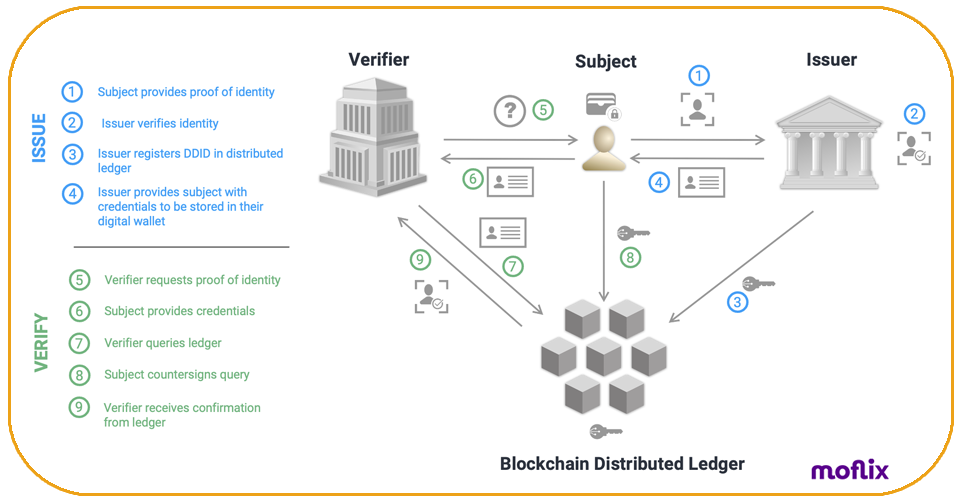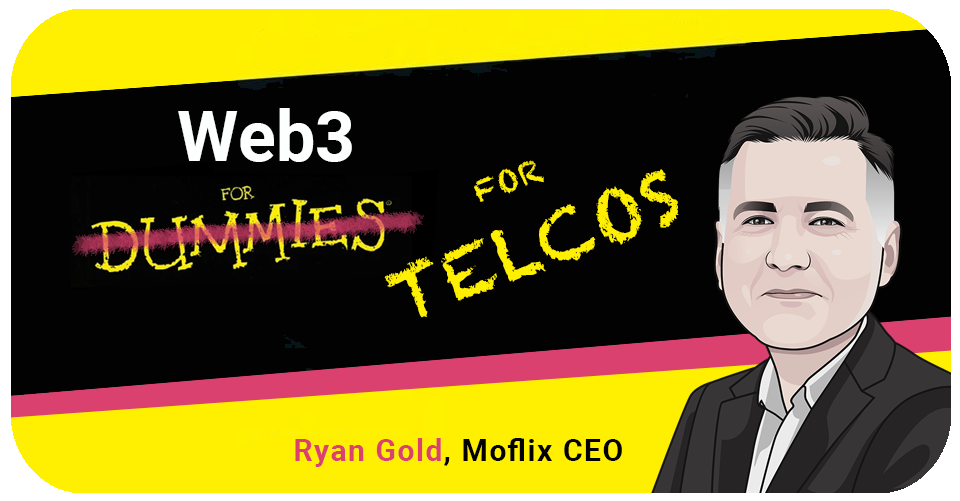
Mobile World Congress (MWC) has always been a highlight of the year for both Moflix and for me personally. The best interactions there can continue to inspire long after the event ends. And as we noted in a previous blog post, it was especially rewarding to have so many of the themes and talks from industry leaders we met there early this year validate Moflix’s vision, strategy, and activities towards disrupting the telecom industry.
The 2023 theme was Velocity: Unleashing Tommorrow’s Technology – Today. I was amazed how under this umbrella how many of the conversations and buzz were focused on Web3 and how it will manifest within the telco world. It was clear that Telco operators across the globe are all anxiously discussing Web3 strategies and roadmaps in their board rooms. It was also clear that many of those discussions are couched in the incorrect assumption that Web3 is somehow equivalent to the Metaverse.
While both Web3 and the Metaverse are still being developed and the full impact of both is still not fully understood, it is important to clarify that the two concepts are fundamentally different:
- Web3 is focused on creating a decentralized and more secure Internet infrastructure. It is built on blockchain technology, which allows for trustless interactions* and eliminates the need for intermediaries. This enables the creation of a more democratized and autonomous Internet where users are in control of their data and can participate in the network as equals.
- The Metaverse is focused on creating a virtual world that enables immersive experiences. Think of it as a shared, virtual space that users can access through various devices and interact with each other in real time. It is not just a platform or a set of technologies, but rather a concept for the future of the internet, where the physical and digital worlds merge.
The two concepts do have some connections, especially as the Metaverse will require a secure and decentralized infrastructure to function effectively. However, they remain separate initiatives with different goals and different objectives.
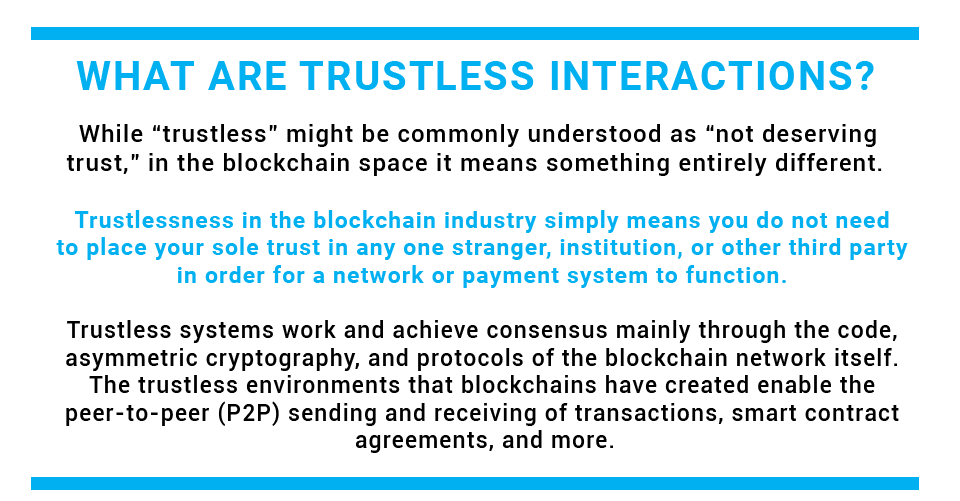
Our discussions at MWC clearly showed that Telco leaders still need more education and insights about what Web3 is, what it means for the Telecom industry, and why it's important. Also, in the work that we at Moflix have been doing as part of our own R&D initiatives, I have gained additional insights on how Web3 will impact the telco industry and decided to put together a short primer on Web3 and how it is positioned to impact the telco industry.
Let’s call this “Web3 for Dummies and Telcos”
What is Web3?
To understand Web3, let’s quickly review the evolution of the Web: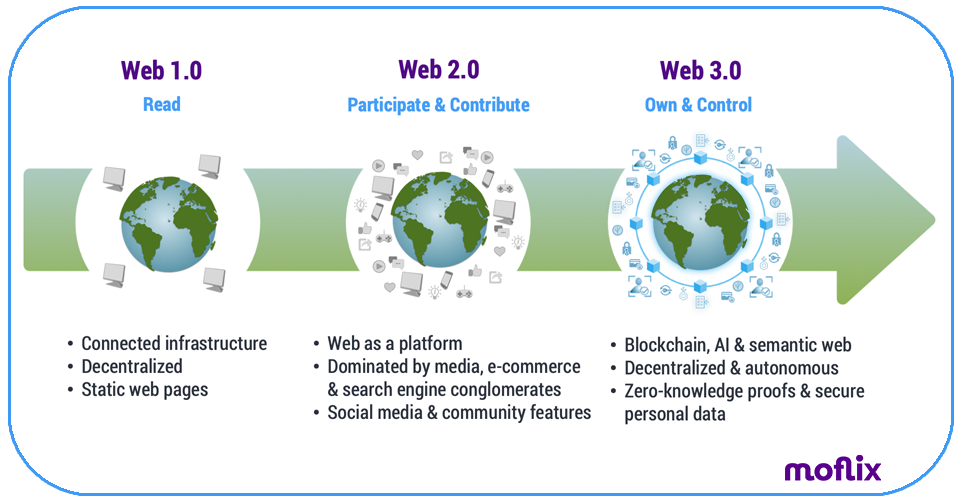
Web 1.0, also known as the static or read-only web, was characterized by the one-way flow of information from web publishers to web users. Websites were basic and static, with limited interactivity and user participation. The main purpose was to share information, and most sites were designed for a passive viewing experience.
Web 2.0, also known as the social web, was marked by the emergence of dynamic and interactive websites, including the rise of social media platforms, user-generated content, and online communities. The focus shifted from the passive consumption of information to active user participation and collaboration.
Social media, e-commerce, and search engine conglomerates dominate Web 2.0. They effectively transformed the web from a static and one-way medium to a dynamic and interactive one, enabling users to participate more actively and shaping the way we interact with the internet today. However, they have also had some negative impacts which are serving as a catalyst for the next evolutionary phase of the web.
For example:
- Privacy Concerns: The companies running the Web 2.0 platforms collect extensive user data and use it to serve targeted ads or sell to third-party companies.
- Monopolization: Search engine and e-commerce companies have been accused of monopolizing their respective markets to stifle competition, bully suppliers and exploit users.
- Algorithmic Bias: Search engines and social media platforms rely on algorithms to display content to users. These algorithms can be biased and tweaked to distort the way that information is created, shared, displayed and retrieved. These same algorithms can create ‘echo chambers’ where users only see content that reinforces their existing beliefs, which can lead to the spread of misinformation.
Web 3.0, also known as the decentralized web, is still in its early stages of development. It aims to create a more secure, private, and decentralized web by leveraging blockchain technology. The focus is on enabling trustless interactions between users, eliminating the need for intermediaries, and putting users in control of their data, creating a more democratized and transparent internet.
Here are some of the key concepts underlying the advent of Web3 (Feel free to print this out and hang it on your wall):
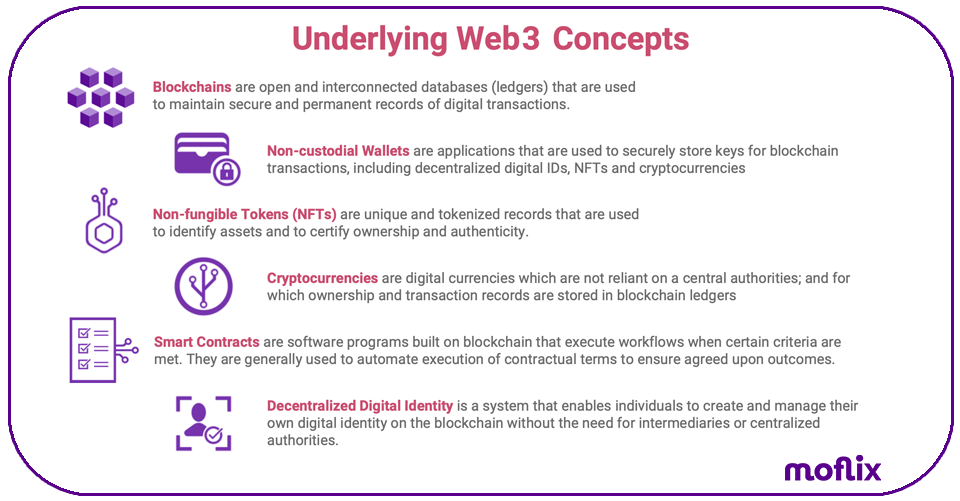
The key component of Web3 – especially as it relates to telco – is Decentralized Digital Identity (DID). DID enables users to create and manage their own digital identity on a blockchain without the need for centralized authorities.
Because it is decentralized and managed by the users themselves, DID provides a greater level of control and security over personal data than traditional identity systems. Users can choose which information to share, and they can choose to revoke access to their data at any time.
Although the features of Web3 are still being defined, here are some ideas of the benefits that DID can bring:
- Imagine a cross-platform single sign-on (SSO) concept that would enable users to access multiple services and platforms using a single digital identity, making the process of logging in and managing accounts more seamless and convenient, while choosing what information to share.
- Imagine reducing or eliminating your dependency on social media platforms like Apple, Facebook and Google for authentication. Remember, they are tracking, storing, using and sharing your personal data! DID would give you more control over what information is shared and how it is used.
- Imagine being able to protect your actual identity through validation by a trusted entity (a DID issuer) and then having your identity authenticated on the blockchain. This provides a more trustworthy and transparent approach to identity verification – reducing the potential for identity theft and fraud.
As shown in the diagram below, users can create their DID as a unique digital identity that is verified and authenticated on the blockchain (Issue) and then can use this identity to access services and applications across the web (Verify).
What can Telco Operators bring to Web3?
DID Issuer: Today, there are 6 billion active SIMs in the world and most of those SIM holders went through an onboarding process that included some form of ‘Know Your Customer’ (KYC) verification. Telco operators are trusted entities, because they already function within a regulated environment, and provide their services on a local basis. They know their customers and have already verified their identities. Rather than seeing KYC regulations as a burden, operators should promote their existing authentication processes as the method to verify the identity of individual subscribers and then issue them with DIDs.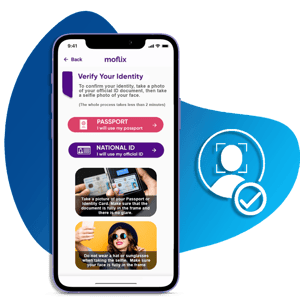
Wallet Issuer: As telco operators become DID issuers, it also makes sense that they provide digital wallets as a value-added service for their subscribers to store their DID credentials. Plus, by issuing their subscribers with digital wallets, operators create additional customer loyalty, engagement and retention: when the operator is hosting their wallet and providing DID key recovery services – key aspects of their digital identity – that subscriber is less likely to churn.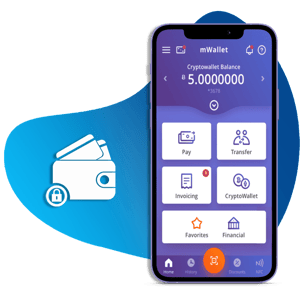
DID Key Recovery: When a telco operator issues a DID and maintains an active relationship with their subscriber, they can also act as a trusted third party for DID key recovery should an individual’s private key get lost, stolen or damaged. This places the operator in a key role to re-verify the individual’s identity, confirm ownership of the key and re-issue a new private key to access their DID.
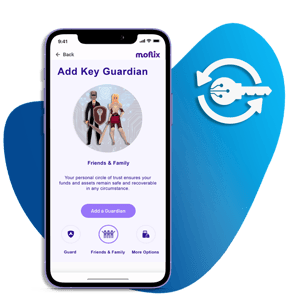
With each of these roles, an operator can leverage their existing relationships, infrastructure, processes and expertise to build a stronger, trusted and sticky relationship with their customers to create an efficient, trustworthy and scalable Web3 ecosystem that, in turn, ensures a more valuable positioning for telecom operators in the new digital economy.
What does Web3 bring to Telco?
Although Web3 is still in its early stages of development and not all benefits, features and functionalities have been defined, here are some ideas of what Web3 concepts might bring to telco:
New value proposition: Telco operators who become enablers of Web3 can change their value positioning from being basic connectivity providers into a more valuable (and future-proof) position as trusted entities and key gateways to the new digital economy (including whatever the metaverse evolves into). If telcos don’t fill the role of trusted entities and facilitators of the Web3 world, other regulated industries will (e.g. governments & banks).
NFT-based loyalty programs: We are already seeing companies using NFTs and cryptocurrency as the basis for loyalty programs. I personally think most of today's initiatives are mostly driven by the novelty of the concept. However, when implemented properly, there is the opportunity for unique benefits to building these types of programs - especially for an operator that provides a digital wallet.
For example:
- Increased customer engagement: Customers will have the opportunity to collect, trade and sell loyalty tokens as digital assets. This creates a sense of community with other loyal customers, creates more value for the brand and gives opportunities to engage with and build the customer base. Plus, the entity providing the wallet where the tokens are stored, will have more opportunities to engage with the customer, further increasing their value as a trusted service provider.
- Improved analytics: NFTs can be used to track customer behavior and preferences (without compromising privacy), which can be used to improve and tailor services to match those preferences.
- Enhanced security: Because NFTs (and their related transactions) are stored on blockchain ledgers, there is a much lower risk of fraud or counterfeiting. This, in turn, increases customer confidence and decreases lost revenue.
- Increased flexibility: loyalty programs based on NFTs allow customers to collect and redeem rewards at their own pace and based on their own preferences, which can increase customer satisfaction and loyalty over time.
Number portability based on NFTs and smart contracts: Number portability processes are highly localized – every market has developed its own schema for allowing customers to move from one operator to another while keeping their phone numbers. In some areas, the processes may be completely manual with paper (or pdf) forms and require negotiations between operators. In others, they are fully automated through centralized clearinghouses. In nearly every case, however, there are hurdles that may block the process and hurt the overall customer experience.
Imagine a scenario where each MSISDN is issued as an NFT. Ownership is clear. Transfer of ownership is clearly recorded. Porting a number from one operator to the next is managed through smart contracts where the workflow is executed automatically based on pre-defined terms and criteria. This would provide automation, transparency, security and traceability throughout the entire operation.
Transparency in consumption & usage: Web3 technologies could also provide a new set of processes and tools that will increase security and automation, while also providing customers with more accurate and transparent tracking and reporting of their consumption.
For example:
- Tokenization of consumption: Telco operators could create tokens that represent specific blocks of usage (calls, SMS, or data). These tokens could be traded or exchanged on a blockchain marketplace, which would provide customers with greater transparency, flexibility and control over their usage.
- Smart contracts: Smart contracts can be developed to automate offline rating, billing and usage. This could further increase the automation of these services, provide more transparent billing and reduce the need for costly and proprietary BSS solutions.
- Immutable records: By storing records of consumption on a blockchain, operators can create immutable records that cannot be altered or deleted. This would provide a transparent and tamper-proof record of usage data that can be used to resolve disputes and provide proof of consumption.
These are just a few, basic ideas of what could happen as the telco industry adopts and adapts for Web3. As the concept develops, we can expect to see more evolutionary and disruptive features, functionalities, benefits and business models just as we saw from Web 1.0 and Web 2.0.
Here at Moflix, we believe that Web3 will be an essential component in the evolution of the connected and digital world. We also believe that telco operators should play a key role as facilitators of Web3 for the mass market. This is why is Web3 holds a central place in our strategy and in our disruptive, digital, TelcoTech solution.
Stay tuned for more insights and announcements from Moflix about Web3 and how we are using it to disrupt the telecommunications industry.
Additional insights:
